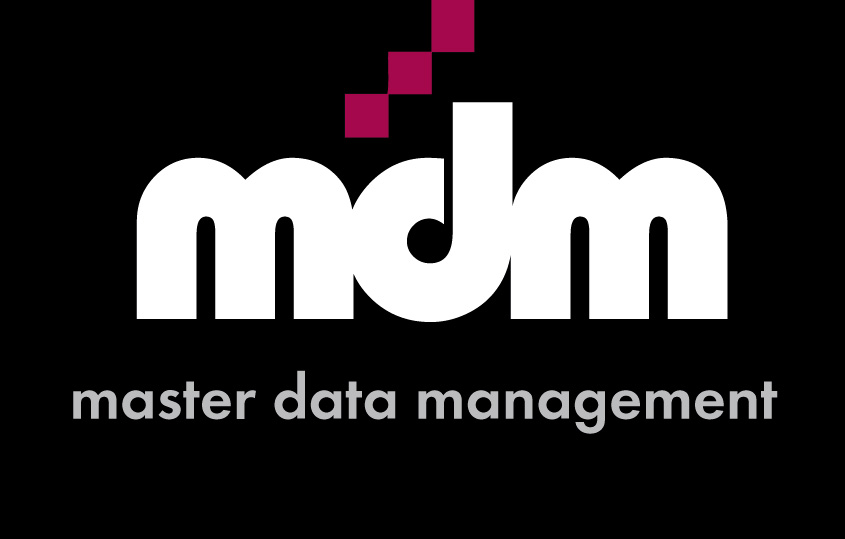
In a recent Forrester Muse post, Michelle Goetz talks about a common cause of tension between IT and business when looking at master data management (MDM).
The Technical Approach Fallacy
For IT, MDM is often perceived as just another technology component, with the approach defined solely around a technical goal such as achieving a Single View of the Truth.
This perspective is sometimes supported by business consultants who focus on building a business case to justify the technical goal. However, based on my experience, these business cases tend to neglect the actual business needs by primarily focusing on the technical architecture required to support the IT goal.
The Politics of Master Data Management
Master Data Management is an inherently political initiative. The primary objective should be to achieve reuse of core data in order to reduce the risk of errors and potentially decrease the operational cost of maintaining core data by minimizing the number of points of capture.
To achieve the reuse of data for multiple purposes, it is crucial to understand these different purposes and effectively manage conflicts of purpose through active data governance principles. Unsurprisingly, data governance is identified as a critical success factor for MDM.
Resistance and Alignment
Implementing MDM will undoubtedly face resistance.
Any project aiming to achieve data reuse will impact the budgets and objectives of multiple projects that had previously incorporated elements of the MDM requirement into their charters. MDM may redirect the budget from tactical projects as cost savings from data reuse become evident. This resistance from project owners is inevitable. Additionally, MDM may have different timelines compared to these tactical projects, raising concerns about the timely achievement of tactical goals.
Business stakeholders are unlikely to embrace a technically driven business case and approach. If they do, the likelihood of success is minimal.
The business case for MDM must be built based on alignment with the strategic business goals, which typically require a multi-domain, interactive approach that focuses on key business processes. For instance, if the business goal is to “reduce the time between order and delivery,” the MDM solution must support elements of customer, product, and possibly supplier and sales. To support additional business goals, other elements or domains need to be incorporated.
An Incremental Approach
A sensible approach to MDM involves building a full MDM capability in a series of steps, addressing key requirements early and progressively adding to them.
An initial business case could be centred around implementing lean data governance to accurately define the business requirements, while the next phase could focus on analyzing and improving master data quality to meet these requirements.
Achieving these objectives not only increases the organization’s maturity to ensure the success of an MDM project but also provides a robust technical and process infrastructure that can be reused within a broader MDM environment.

Leave a comment